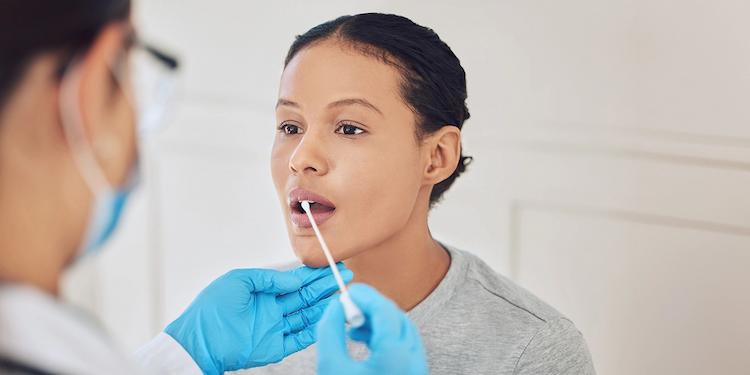
Pharmacogenomics (PGx), the study of how genes affect a person’s response to drugs, has brought significant changes to the clinical trial industry. This groundbreaking approach can help tailor medical treatments to an individual’s genetic makeup, considerably enhancing drug efficacy and safety while minimizing adverse drug reactions. At Worldwide, our recent study delved into the intricacies of PGx, comparing two common methods of DNA sample collection: buccal swabs and blood samples.
Study Overview: Blood vs. Buccal Swab
Worldwide conducted a comprehensive analysis using the Agenda MassARRAY system to analyze single-nucleotide polymorphisms (SNPs) and copy number variations (CNVs) in buccal swabs and blood samples. The study focused on several key factors:
- DNA Yield and Quality
- Sample Stability
- Assay Outcomes
- Patient Compliance
- DNA Yield and Quality
The study found that blood samples typically yield a higher quantity of DNA compared to buccal swabs. These results are largely due to the higher cell density in blood, which includes DNA-rich white blood cells. Despite the higher yield, both sample types showed minimal protein contamination, indicating high purity levels. However, buccal swabs demonstrated a lower ratio of DNA purity in some instances, likely due to the variable nature of the epithelial cells collected.
Sample Stability
Sample stability is a critical factor in PGx testing, as it impacts the integrity of DNA over time. The study indicated that blood samples stored at –20°C or below maintained reasonable stability for up to eight months. If the blood samples were exposed to varying room temperatures or fluctuating conditions, however, the blood samples rapidly degraded.
In contrast, buccal swabs exhibited remarkable stability at room temperature, preserving DNA integrity for up to six months. These results convey that buccal swabs may be particularly advantageous for convenient storage during long-distance transport
Assay Outcomes
Across 69 PGx assays, the study’s assay performance revealed comparable results between buccal swabs and blood samples, with call rates of 98.1% for buccal swabs and 93.2% for blood samples. Some specific assays, such as those for CYP2D6 CNVs, however, did show variability in blood samples, which impacted their reliability. Enhancements in DNA extraction techniques, particularly the spin column method, have since improved DNA quality, providing consistent validation for CNV assays.
Patient Compliance
One of the most important findings of the study was the difference in patient compliance between the two sample collection methods. Buccal swabs had a compliance rate of 95%, compared to 69% for blood samples. The non-invasive nature of buccal swab collection makes it more appealing to patients, reducing barriers to participation and facilitating widespread adoption of PGx testing. This high compliance rate is crucial for the successful implementation of personalized medicine, as it ensures a larger and more diverse patient population can benefit from PGx insights.
Unlock the Power of PGx with Worldwide
While blood samples offer a higher DNA yield and purity ideal for some high-precision analyses, the ease of collection, superior stability, and higher patient compliance of buccal swabs present compelling advantages, particularly for large-scale and long-term studies. As personalized medicine continues to evolve, the choice of sample collection method will play a pivotal role in shaping its future.
Interested in diving deeper into the details of this study? Download our full poster to explore the comprehensive analysis and our findings and to discover how DNA sample collection can impact the effectiveness of personalized medicine.
- SEO Powered Content & PR Distribution. Get Amplified Today.
- PlatoData.Network Vertical Generative Ai. Empower Yourself. Access Here.
- PlatoAiStream. Web3 Intelligence. Knowledge Amplified. Access Here.
- PlatoESG. Carbon, CleanTech, Energy, Environment, Solar, Waste Management. Access Here.
- PlatoHealth. Biotech and Clinical Trials Intelligence. Access Here.
- Source: https://www.worldwide.com/blog/2024/06/blood-vs-buccal-swab-in-pharmacogenomic-testing/
